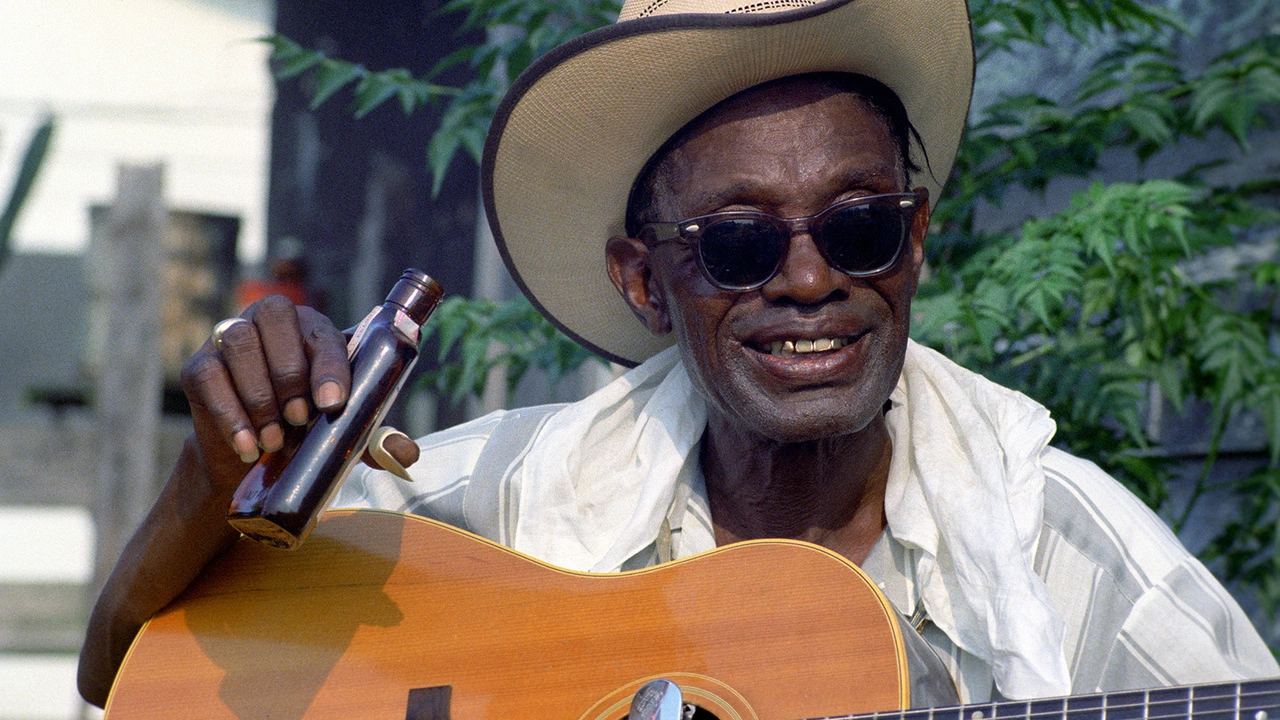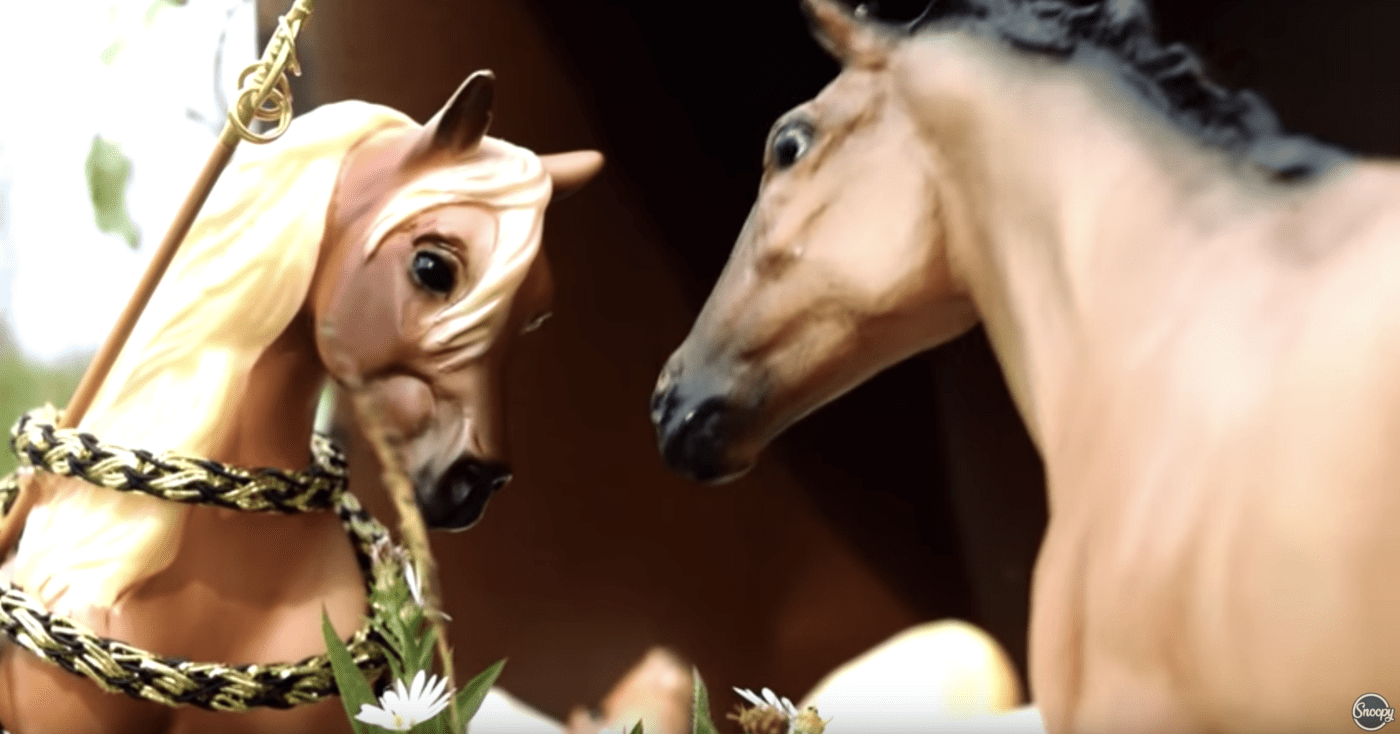
I’m not sure why Kiarostami objected to positioning his three films, Where is The Friends House?, And Life Goes On, and Through The Olive Trees as a trilogy, but they are all certainly tied tightly together. Perhaps it was important to him that each one stand alone on its own merits, which they do. They are all masterful movies, each one with its own complex mixture of documentary and fiction, but they do gain quite a bit of depth when seen in chronological succession.
Where is The Friends House? is the first film and is a relatively straightforward narrative. It concerns a young boy trying to find his friend who lives in a neighboring town. It is a beautiful film, one of Kiarostami’s best. It’s simple, and deeply moving.
Kiarostami completed filming Where is The Friends House? in 1987 in a small rural village called Koker. Three years later, an earthquake shook Iran, killing 50,000 people and leaving countless others homeless. And Life Goes On is a film about Kiarostami trying to make his way back to Koker over closed highways and collapsed roads to see if the young boys he filmed in 1987 were still alive.
And Life Goes On combines truth and fiction, scripted and spontaneous, actors and real people, to produce something uniquely compelling and insightful. Kiarostami himself is not in the film. He is played by an actor, Farhad Kheradmand, but the journey is real. Kiarostami was there with Kheradmand as they searched for the young actors. The destruction they saw along the way, the people they spoke with, and the painful stories of death and chaos that they heard are real. Even with so much of the film having all these elements of a documentary, Kiarostami manages to shape the search for the boys into a replaying of Where is The Friends House? Both films are about someone searching for a young boy somewhere in the tangled and disordered streets of Koker. In Where is The Friends House?, a boy named Babak Ahmadpour (his name in both the movie and real life) is searching for his friend Mohammad Reza. In And Life Goes On, the roles are sort of reversed, in that Kiarostami is searching for Ahmadpour.

Kiarostami has an incredible knack for taking something very small and very simple and imbuing it with immense import and meaning. The whole film is just a man looking for a kid, but through symbolism and resonance, the journey expands into a universal story about destruction, persistence, intimate connections, loss, and hope.

Kiarostami’s stand-in, Kheradmand, has his son with him in the back seat. The boy is maybe 10 years old. Having a second person in the car is an opportunity to have spoken dialogue that reveals their thoughts. However, Kiarostami also uses the son’s naive egocentrism to illustrate how each person must process this immense tragedy in their own way. The child wants a bottle of Coke and they find a few dust and rubble-covered bottles in the wreck of a store. The boy reaches for one and is annoyed that it is warm. He’s only a child and his lack of a larger empathetic insight is simply a sign of his immature emotional development, but it gives the audience a chance to see the difficult relationship between a spectator and a victim. I know I watched the footage of the earthquake from my cushy couch in my heated living room with a nicely chilled soda on the coffee table.

Watching the suffering is painful and part of our natural response is to find ways to separate it from ourselves, to contain it. Without any thoughts of racism or nationalism, we create an “us and them” dynamic to comfort ourselves. “This didn’t happen to me, or my family and friends, it happened to them.” Kiarostami emphasizes this point by allowing us to see and feel the class difference between the city-dwelling, upper-middle-class film director, and all the considerably poorer rural people he encounters.

There are other layers to the film. Kiarostami repeats a few scenes from different points of view. We see some of the landscape more than once as it passes by the car window. It lends a dreamlike quality to the journey. Kiarostami is always shifting the level of reality in the film.
And Life Goes On was also released under an alternate title, Life, and Nothing More. On the poster is a quote from one of the quake victims who said, “The Earth moved and we didn’t.” This quote and the alternate title help to further expand the scope of the film. “The Earth moved and we didn’t” could refer to rural Iran’s being stuck in the past. It could also mean that the Iranian people were strong enough to weather the earthquake. Either way, Kiarostami focuses on the endurance of the victims. All through the film, we are faced with rubble and dust, but in every scene of destruction, there are dozens of people hard at work trying to regroup and rebuild. Kiarostami’s love and admiration for the people of Iran is always evident in his films.
Kiarostami has strong neo-realist sympathies, and so seeks out the “everyman.” His productions rarely use professional actors, and generally do not contain much artifice like crane shots or elaborate lighting. He looks for real people with real stories. He finds drama in ordinary places amidst ordinary people, but even with his pursuit of straightforward connections to reality, he allows for layers of distinctions. He uses formalist hints to remind the viewer that no matter how naturalistic the movie may appear, there is an element of constructed narrative. There is a storyteller, behind the story. Between the audience, the story, the storyteller, and the performers, there is an ever-shifting relationship that governs our perception. If you see Where is The Friend's House? first, you will know who Kheradmand is searching for. You will remember the sweet boy who so earnestly sought his friend. However, in watching And Life Goes On, Kiarostami searches not for that boy, but for the actor who played the boy, who happens to go by the same name and live in the same place as that boy. Is Kiarostami searching for the real boy or the character the boy played? What is the true connection between the real Kiarostami and the real boy?

The last film in what is referred to as The Koker Trilogy is Through The Olive Trees. It is an even more complex tangle of truth and fiction. It depicts the making of And Life Goes On. Personally, I find it the least compelling of the three. Kiarostami tries to fashion a self-referential exploration of how we tell stories, but ends up producing something a little too academic and self-centered. The first two films have a compelling story at their core. The last film is more like a reflexive onion that is intellectually interesting, but has less of a solid story to ground it.
Each film can stand on its own, but they enrich each other by progressively breaking apart the inner workings of not only filmmaking, but of storytelling itself. These themes and ideas would continue to be at the center of all of Kiarostami’s work for the rest of his career.

If you enjoyed this article you might also enjoy - https://filmofileshideout.com/archives/kiarostamis-where-is-the-friends-house/



